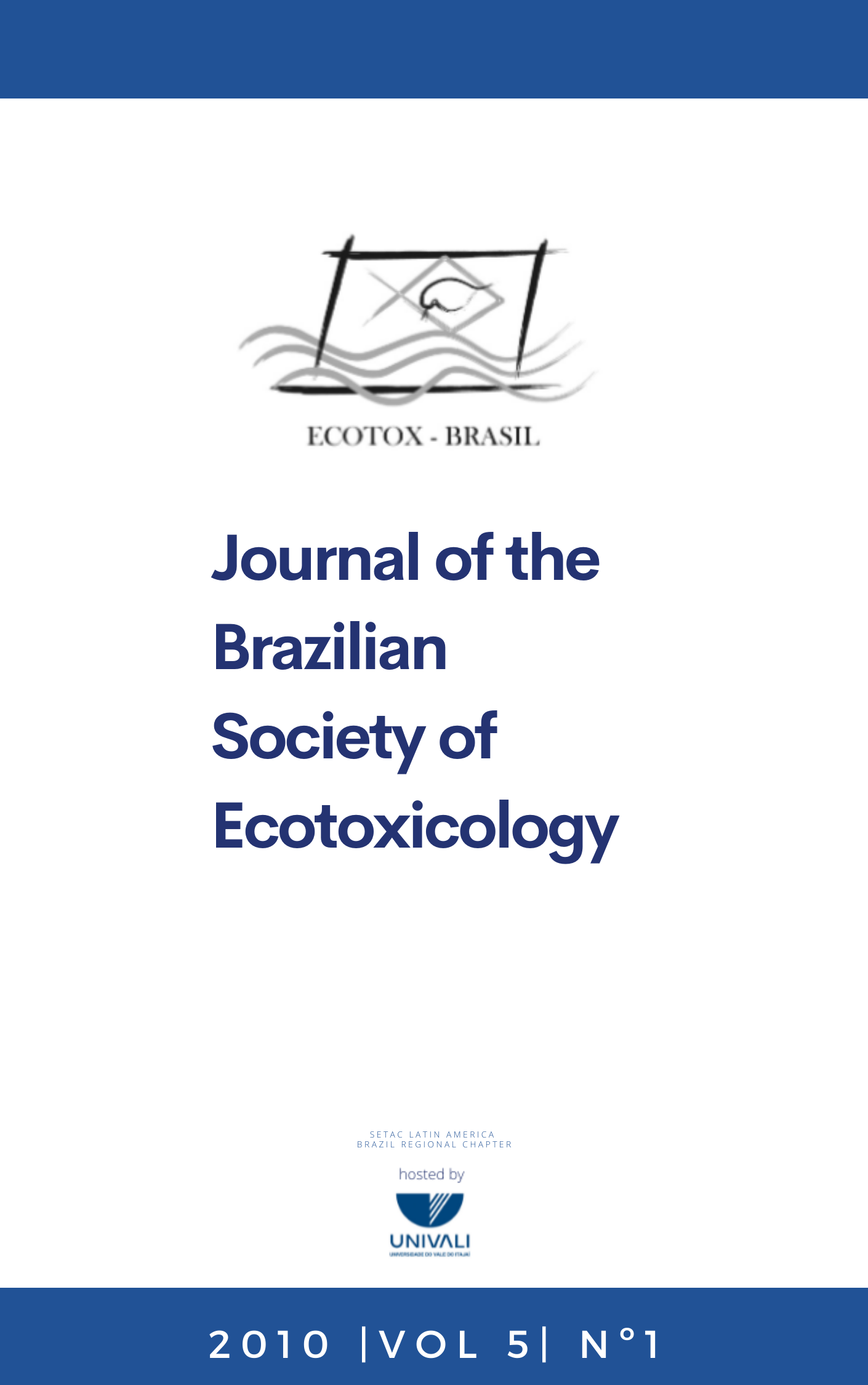Organochlorine Compounds in Common Carp (Cyprinus carpio) from Patagonia Argentina
Abstract
The Negro River is the most important hydrological system of Patagonia, Argentina, drains a watershed of 140,000 km2. Its main economic activities are agriculture and industry, representing potential sources of organochlorine compounds (OCCs): organochlorine pesticides (OCPs) and PCBs, respectively. These pollutants are persistent, ubiquitous and hydrophobics and are accumulated in the lipid fraction of biota. Fish are excellent biomonitors of pollution because incorporate COCs from water and through diet, and represent different trophic levels. The aims of the present study were to investigate OCCs levels in wild common carp, Cyprinus carpio (Cyprynidae) focusing on: a) the distribution pattern of OCPs and PCBs in gills, gonads, liver, muscle, and stomach content, b) the potential of common carp as indicator of aquatic OCCs pollution, and c) the evaluation of residues in gills and stomach content to discuss different input pathways of OCCs.
HCHs, Chlordanes, DDTs, Endosulfan, Heptachlors, Drines and PCBs were quantified by GC-ECD. The distribution of OCCs (ng.g–1 lipid) was gills> gonads> liver> muscle> stomach content. Endosulfan accounted for 64% of OCCs in gills while, DDTs, PCBs and Chlordanes predominated in the stomach content suggesting the incorporation of more hydrophilic pollutants from the water column and those most persistent and hydrophobic from the diet.
Downloads
Downloads
How to Cite
Issue
Section
License
Copyright © 2006 ECOTOX-Brasil
Copyright notice: It is a condition for publication that manuscripts submitted to this journal have not yet been published and will not be simultaneously submitted or published elsewhere. By submitting a manuscript, the authors agree that copyright for their article is transferred to the Sociedade Brasileira de Ecotoxicologia (ECOTOX-Brasil) if and when the article is accepted for publication. The copyright covers the exclusive rights to reproduce and distribute articles, including reprints, photographic reproductions or any other reproduction of a similar nature, including translations. No part of this publication may be reproduced, stored in a retrieval system or transmitted in any form or by any means, electronic, mechanical, photocopying, recording or otherwise, without permission of the publisher.
Notice: While every effort is made by the EEC, editors and editorial board to see that no inaccurate or misleading data, opinions or statements appear in this journal, they wish to make it clear that the contents of the articles and advertisements published herein are the sole responsibility of the contributors or advertisers concerned. Accordingly, the EEC, the editorial board and editors and their respective employees, officers and agents accept no responsibility or liability whatsoever for the consequences of any inaccurate or misleading data, opinion or statement.




